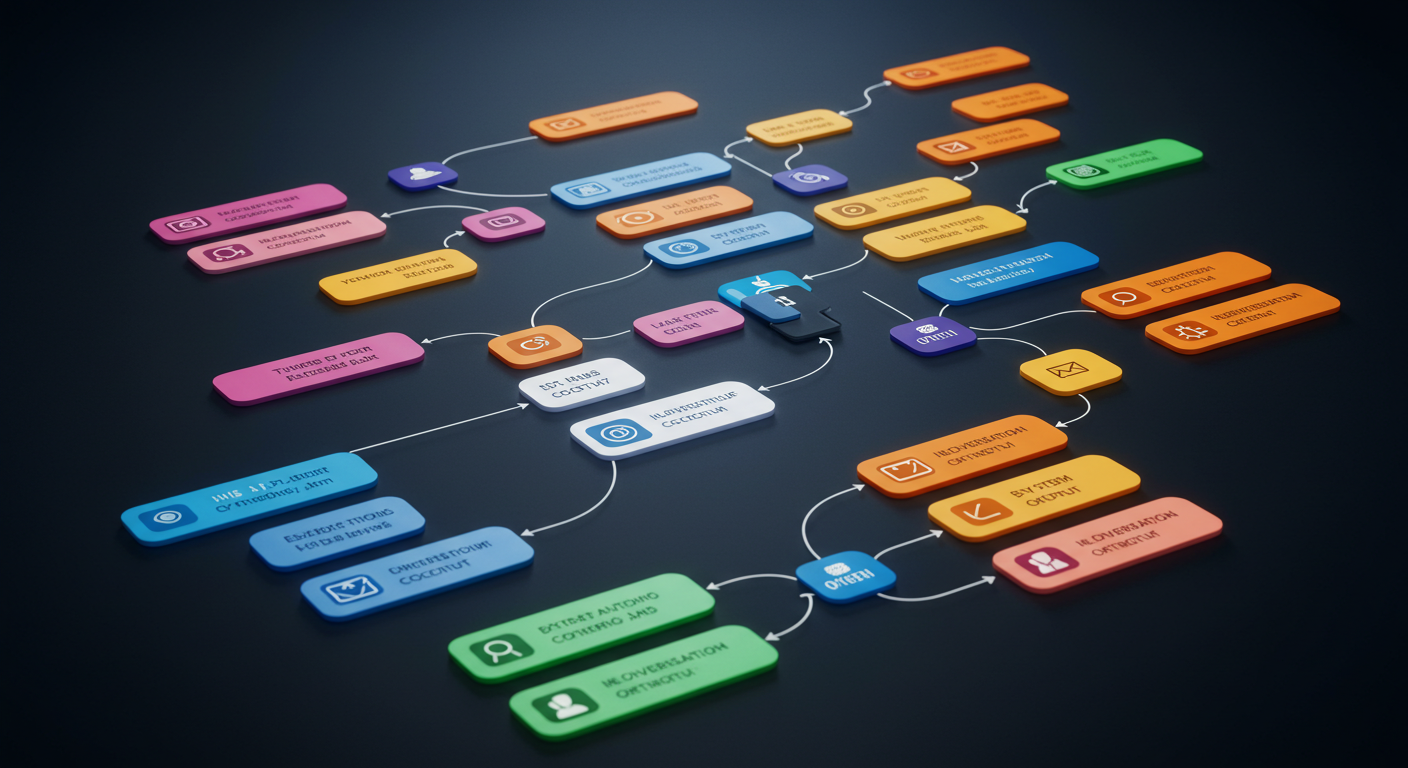
Mastering GPT-4 Prompting
Mastering GPT-4 Prompting: Unlock High-Performance AI with Strategic Prompts
"You're not getting bad answers—you're asking weak questions."
Most people blame AI when they should be rethinking their prompts. The way you speak to large language models (LLMs) like GPT-4 determines what you get back. Welcome to prompt engineering—where small changes produce massive gains.

What Is Prompt Engineering and Why It Matters
Prompt engineering is the structured process of crafting prompts to guide LLMs toward accurate, relevant, and high-quality results. It’s more than phrasing—it’s about intention, clarity, and format.
Think of it like this: You’re not just asking AI for answers. You’re assigning it a role, giving it goals, and setting boundaries.
Real-World Impact: Why You Should Care
For Businesses: Better prompts mean better customer interactions, automation workflows, and productivity tools.
For Creators: Structured prompts help write scripts, generate ideas, and refine drafts faster.
For Teams: Teams that master prompt libraries scale faster and reduce AI-induced errors.
📊 A study from Harvard Business Review (2023) found that teams using prompt templates reduced AI hallucinations by 32% and improved output relevance by 45%.
🔗 Primary Reference: OpenAI’s GPT-4 Prompting Guide
🔗 Secondary Reference: HBR: How to Use AI Tools Effectively
The Core Prompting Strategies You Need to Know
✅ 1. Give Clear, Specific Instructions
Bad Prompt: “Tell me about GPT-4.”
Better Prompt: “Explain GPT-4’s benefits for digital marketing in 3 concise paragraphs, using non-technical language.”
Tip: Use command templates like:
“Write a [type] for [audience] in [tone] tone.”
“List pros/cons of [topic] with brief context.”
✅ 2. Define the Format of Your Output
Prompt Example:
“Create a comparison table of GPT-4 vs ChatGPT-3.5 across speed, accuracy, and cost.”
Great for:
Product analysis
Blog layouts
AI-generated reports
✅ 3. Use Step-by-Step Instructions
Prompt Example:
“How can a SaaS startup use GPT-4 to automate onboarding? List steps with brief explanations.”
Why it works: GPT-4 is trained to follow logic. Leading it step by step yields clearer, more consistent results.
✅ 4. Role-Based Prompting
Prompt Example:
“You are a startup advisor. Recommend 5 ways GPT-4 can streamline customer feedback collection.”
Assigning a role helps the model shape tone, expertise level, and outcome framing.
💡 Implementation Tips You Can Use Today
✅ Build a Prompt Template Library: Use Notion, Airtable, or Google Docs.
✅ Test & Iterate Prompts: Change tone, structure, and role until you get predictable outcomes.
✅ Use AI to Refine AI: Ask GPT-4 to critique or rewrite your prompt with clarity.
✅ Train Your Team: Host internal workshops or cheat-sheet handouts.
📊 Quick Reference Table: Strong vs Weak Prompts
Use CaseWeak PromptOptimized PromptBlog Writing“Write about AI.”“Write a 700-word article in an expert tone on GPT-4's use in small business automation.”Email Campaign“Write an email on GPT-4.”“Create a 3-line email introducing GPT-4 to digital marketing managers, focusing on ROI.”Support Automation“Create a chatbot.”“Write a GPT-4 prompt for a chatbot to handle refund inquiries with empathy and clarity.”
🔥 Emotional Insight
The real breakthrough isn't AI itself—it’s knowing how to unlock it. Prompt engineering puts you back in control of the conversation. With the right words, you’re not just feeding an algorithm—you’re architecting your own outcomes.
🎯 The Value You’ll Walk Away With
By applying these GPT-4 prompting principles:
You’ll reduce time spent rewriting AI responses.
You’ll increase relevance and reduce hallucination.
You’ll empower yourself and your team to create smarter AI workflows.
You’ll move from user to strategist in the AI revolution.
🧠 Reflective Questions
What internal tasks in your team could be templated with prompt frameworks?
How can you build AI literacy in your organization?
Should your business create and protect a proprietary prompt library?
How will prompt engineering evolve when LLMs become autonomous agents?
Could you create client-facing services based solely on advanced prompting?
